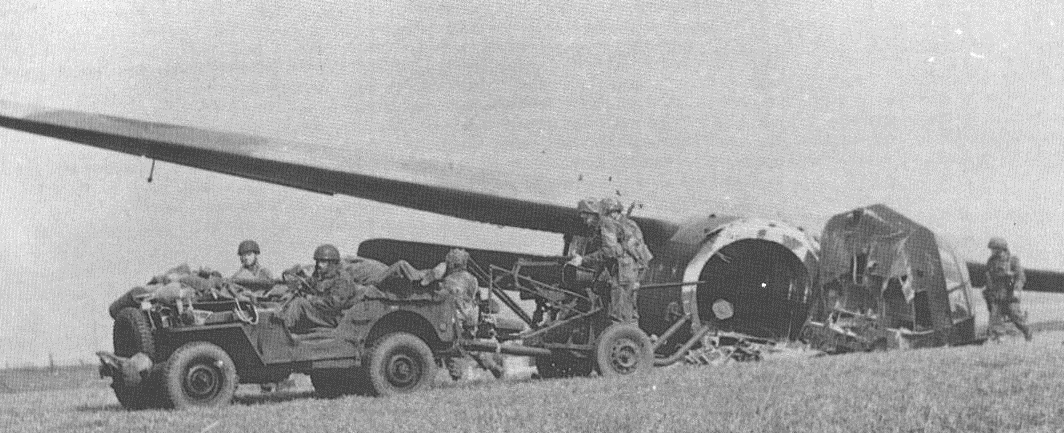
| Year | 1944 |
| Weapon Type | Light Anti-Aircraft Gun |
| Origin & Designer | Britain+Poland/Sten |
| Numbers Produced | 20.000 (All Models) |
| Crew | 5 |
| Calibre | 20mm (20x110RB) |
| Elevation | -5° to +85° |
| Traverse | 360° |
| Breech | [@breech] |
| Recoil | Spring |
| Gun Sight | [@gun_sight] |
| Gun Mount | [@gun_mounts] |
| Carriage | Two Wheeled Carriage |
| Trailers | [@trailers] |
| Gun Shield | [@gun_shield] |
| Armoured Plate | [@armoured_plate] |
| Barrel Length | 2.178mm (L/72.4) |
| Overall Length | 2.78m |
| Width | [@width] |
| Height | [@height] |
| Weight | 218 kg |
| Round Weight | 125g (HE) |
| Muzzle Velocity | 850 m/s |
| Feed | 30 Round Box or 60 Round Drum |
| Magazine Capacity | [@magazine_capacity] |
| Practical Rate of Fire | 220 r.p.m. |
| Rate of Fire | [@rate_of_fire] |
| Maximum Rate of Fire | 450 r.p.m |
| Maximum Ceiling | 2.200m |
| Maximum Ground Range | 4.389m |
| Maximum Range | [@maximum_range] |
| Armour Penetration | [@armour_penetration] |
| Traction | Motorized (Jeep) |
| Variants | Universal 20 mm Gun Mk. 2 with cradle No. 2. Airborne 20 mm Gun Mk 2 Land Service No. 2. |
| Notes | The Polsten was developed by Polish designers that escaped from the Germans and reached Britain. These along with British designers worked together and came up with a cheap but effective 20mm automatic gun. Made with less parts than the earlier Oerlikon the Polsten was issued in the same way and mounted on various carriages and mounts. |